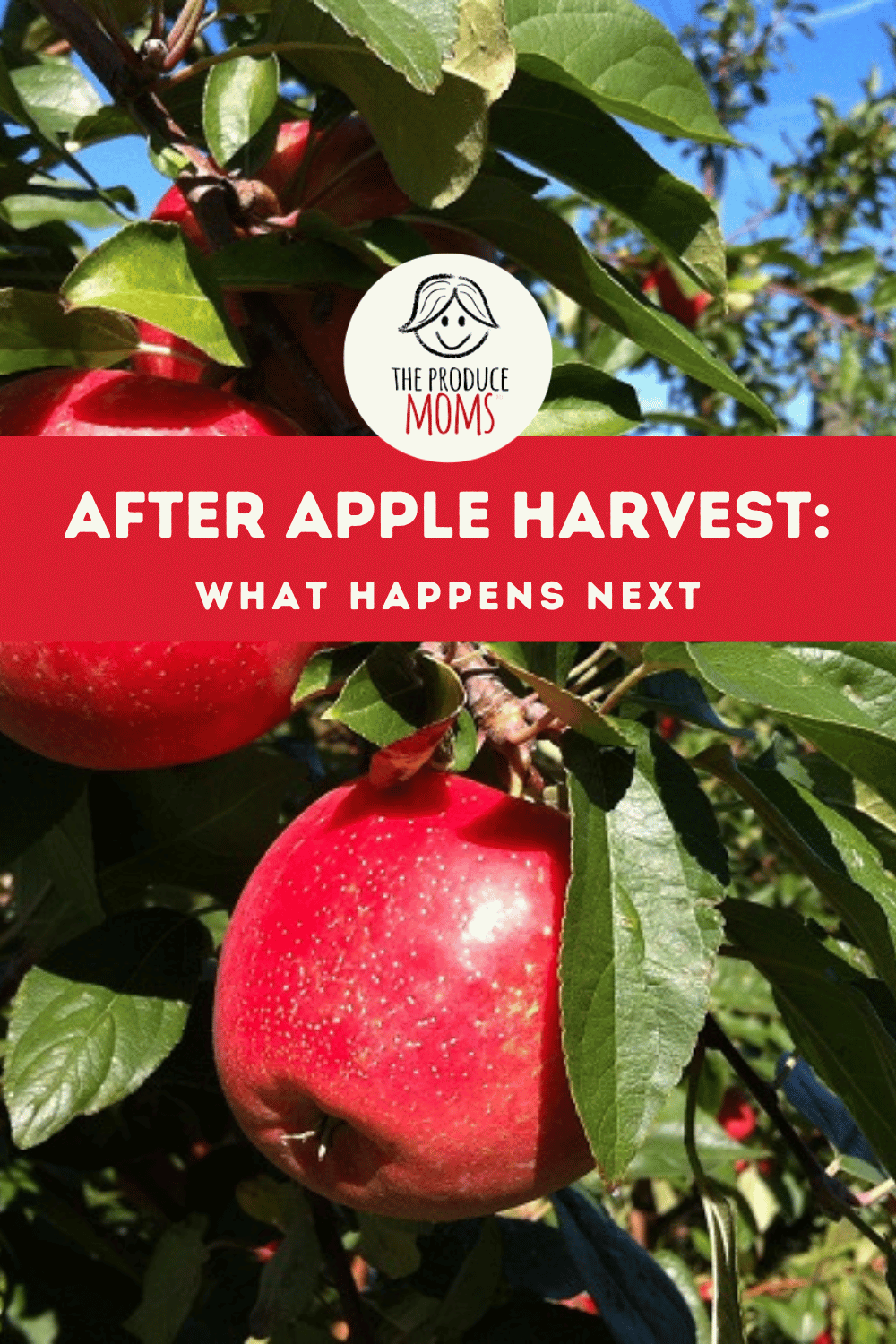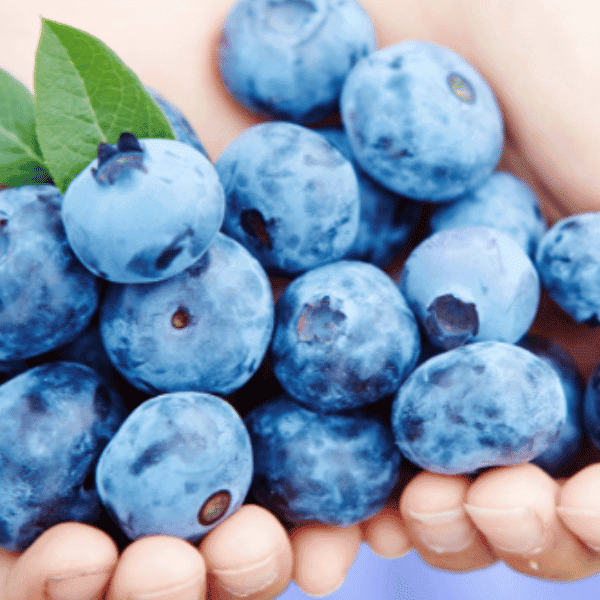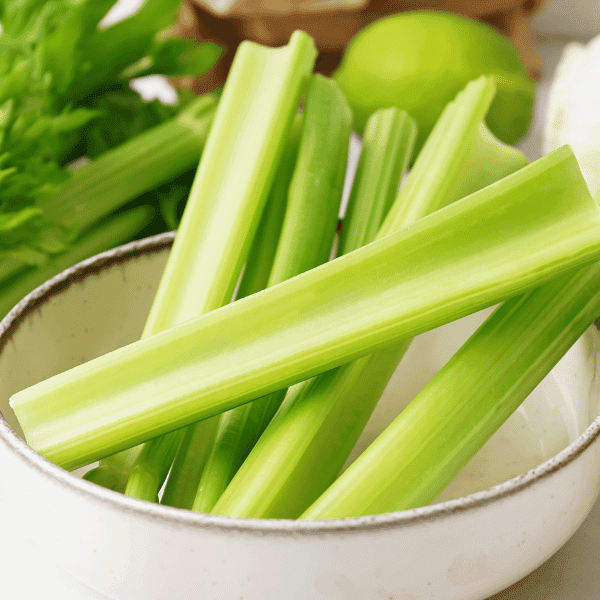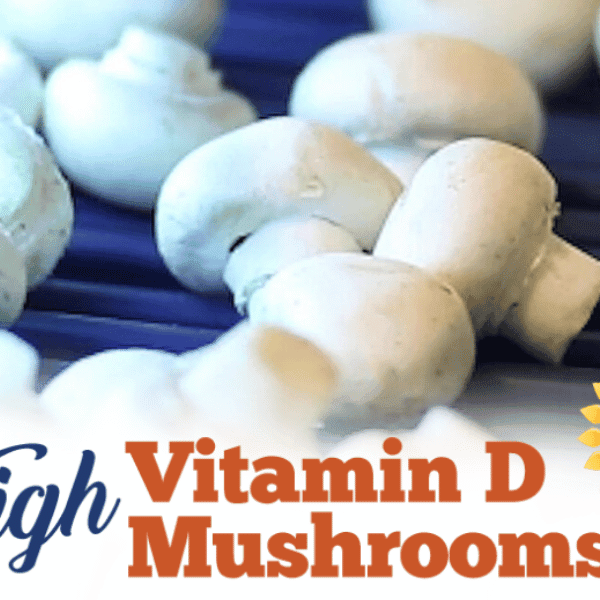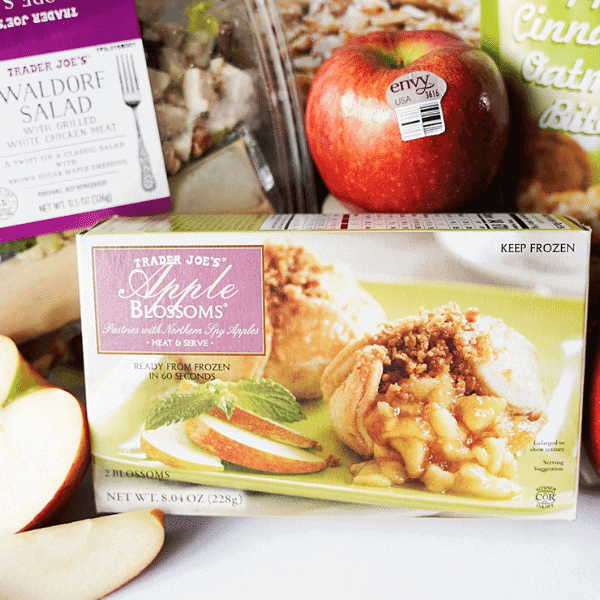After Apple Harvest: What Happens Next
Jan 16, 2023
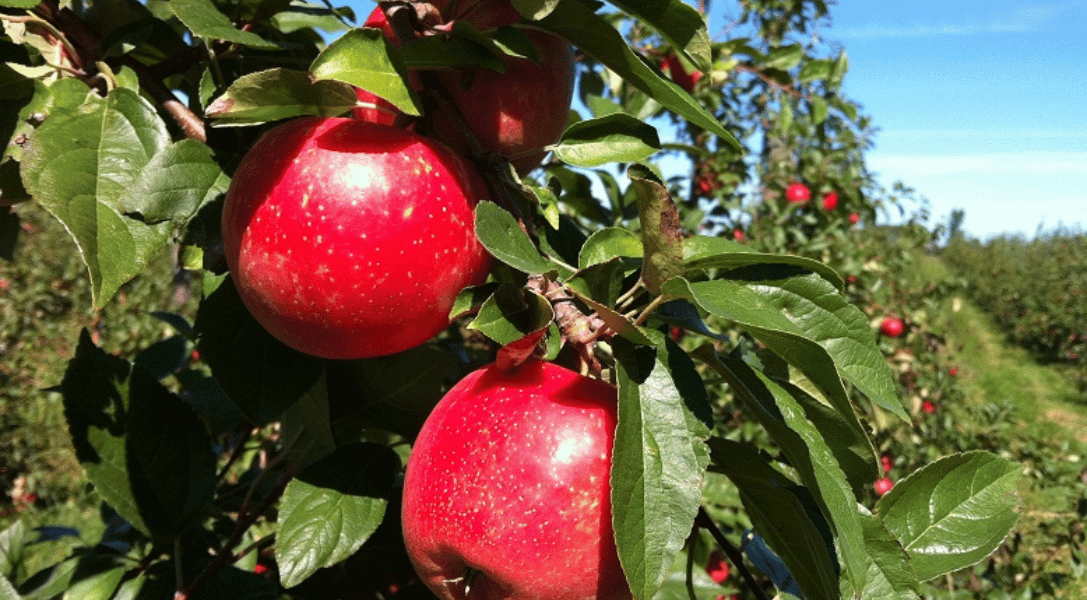
This post may contain affiliate links. Please read our disclosure policy.
It is important for consumers to understand that after the apple harvest in the Fall, the work on the apple orchards doesn’t just stop.
Many people are under the impression that apple farming is only a Fall commitment, during harvest, and that the remaining months are free form work! This is far from the truth. The apple farming process is a year-round commitment
We want to share with you what exactly happens during the non-harvest months. Your eyes will be opened to the time and effort that is put into an apple orchard by the farmers. Everytime you bite into an apple, you can appreciate all that went into getting that apple from the orchard to your hand!
Immediately After Apple Harvest
Foliar Fertilizer
As harvest finishes, a sprayer makes a trip through the orchard to spray trees with a medley of fertilizers to give trees an extra boost after producing the apple crop. We want the trees to be strong and store nutrients as they progress into dormancy.
General Orchard Management
After finishing a frantic harvest season, the orchard may be showing signs of wear and tear. Now we have time to repair different areas of the orchard and start our preparation for the winter months ahead.
Fall Fertilizer
If the weather cooperates, there may be a window of time to spread fertilizer on the ground before winter. By taking soil samples throughout the orchard, we can decide what different areas of the orchard need and don’t need.
Mowing/Mouse Bait
Mice and voles can be a problem in the orchard. They’ll spend the winter feeding on the roots and base of tree trunks. They will weaken or kill the apple trees if we aren’t careful. In order to prevent this, we keep the grass mowed to create a less appealing habitat for rodents.
After Apple Harvest: Winter Months
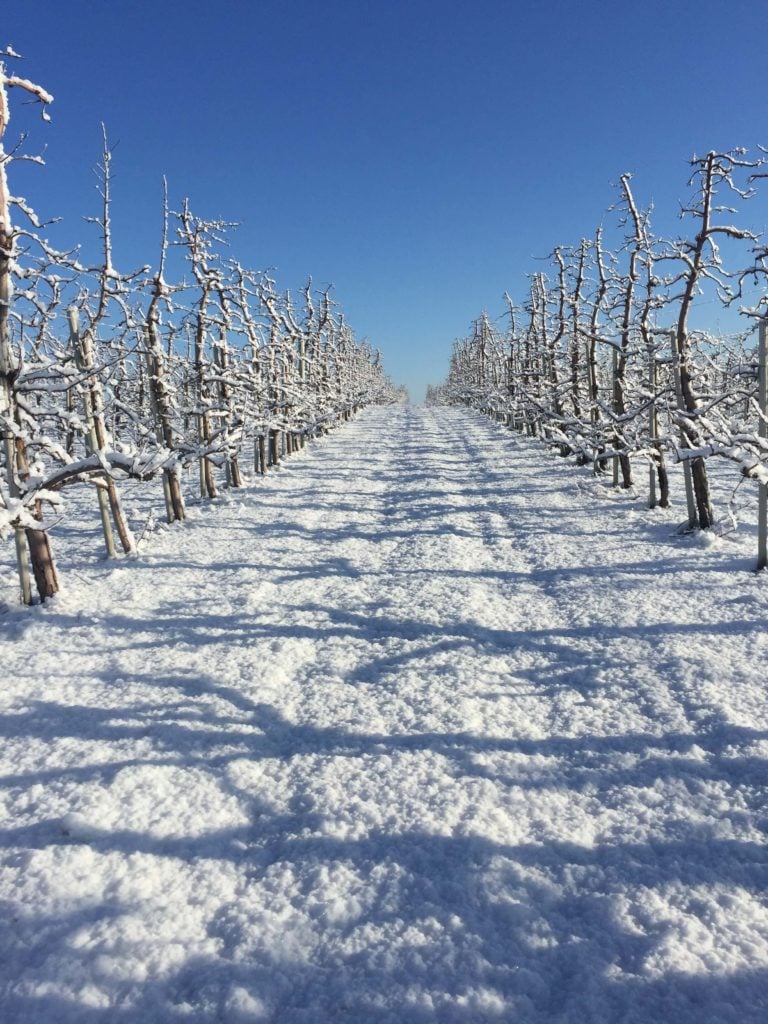
During the winter months, all of the trees on the orchard are pruned while the trees are dormant. This is done to get rid of unproductive wood and promote new growth for the next season. We trim every tree, every winter. We’re already thinking about the next crop for next year. Each year, we want a certain number of apples on each tree.
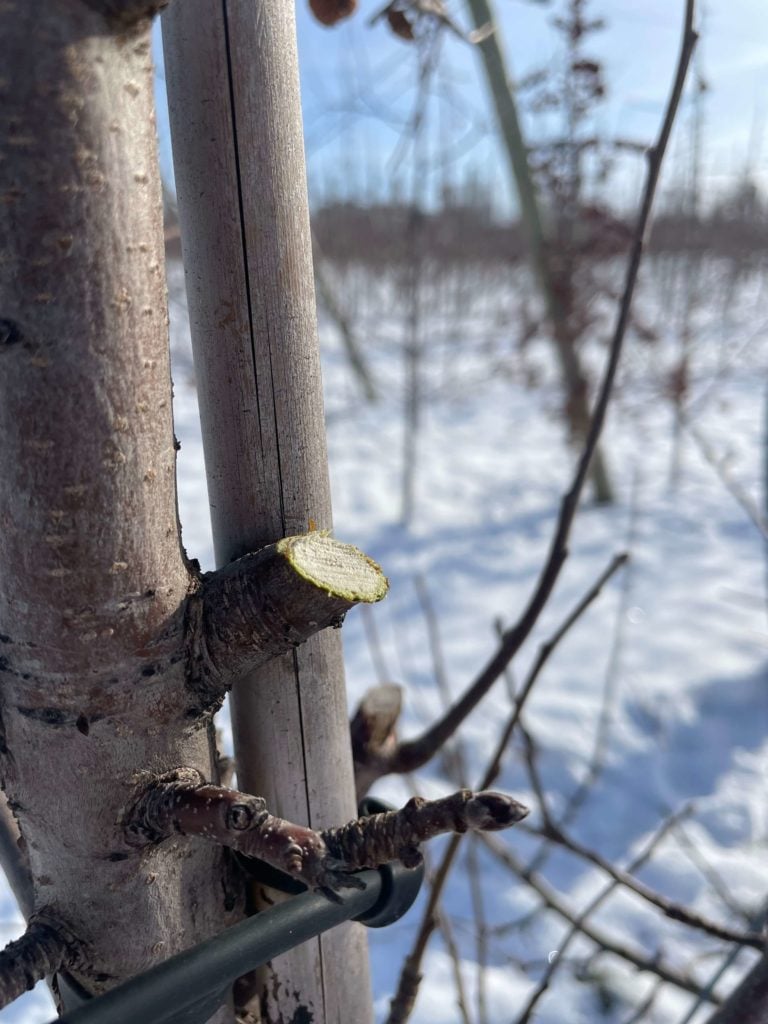
In order to do this, we start bringing the cropload into alignment by pruning buds. We also look at the tree structure, because we don’t want a tree encroaching into its neighbor’s space. Allowing for sunlight is important. This is by far our greatest, most time-consuming winter task.
It is also extremely important to keep the centers of the tree rows tilled in order to maximize water absorption that will come during the spring months.
Vacation
It’s not uncommon for farmers to travel in the winter. We attend a variety of conferences. It is also known as a time for rest!
After Apple Harvest: Spring Months
If we don’t get all the fertilizer applied in the fall, we will try to get more spread as early as we can in the spring. We want the fertilizer on the ground and available to the trees when they break dormancy.
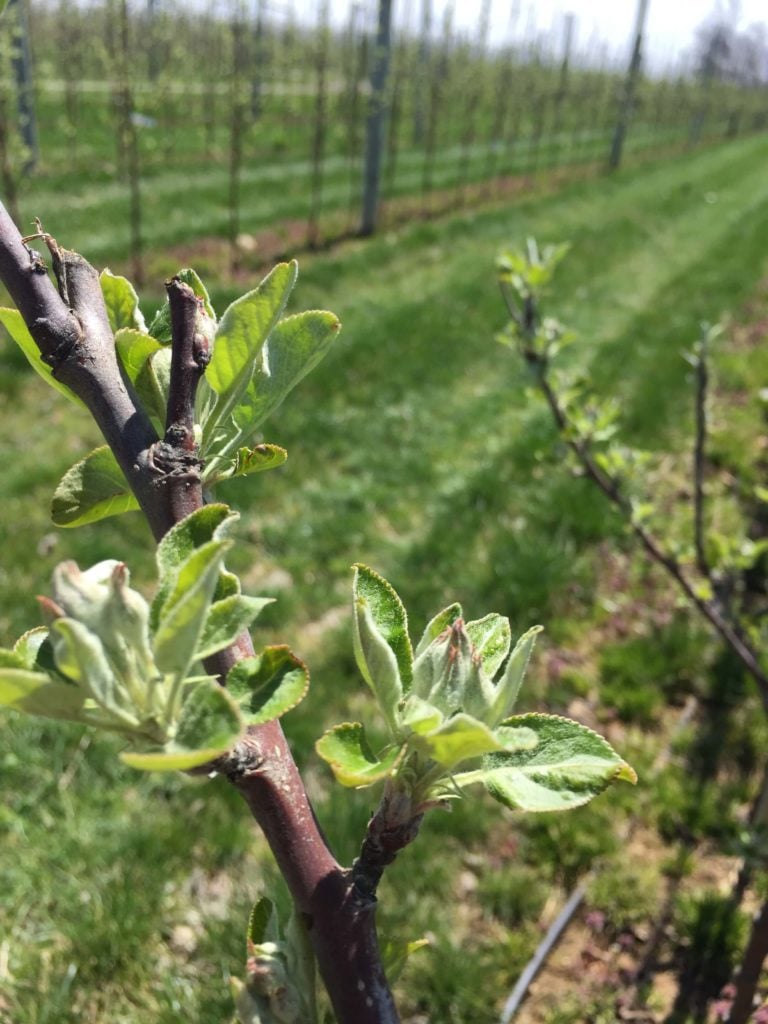
As temperatures warm in the spring, trees wake up and start to grow green tissue. Floral buds become a cluster of flowers that will bloom and require pollination to become apples.
The apple blossom also known as “bloom time” takes place in a six week window in the spring. During the time when bloom is open, the trees are most susceptible to disease and frost damage.
After pollination, the apples begin to grow. It’s time to start the thinning process. We first thin the crop chemically. We have plant growth regulators and stress inducing spray products that help the tree to drop some of the excess fruit itself. If we still have too much fruit, then we start hand thinning. This means we are clipping out the weaker, smaller fruit. We also try to break up large clusters. The goal is to have the right number of fruit on a tree to produce well-sized apples by harvest. Trees only have so much growing energy and we want it to be directed to the best fruit.
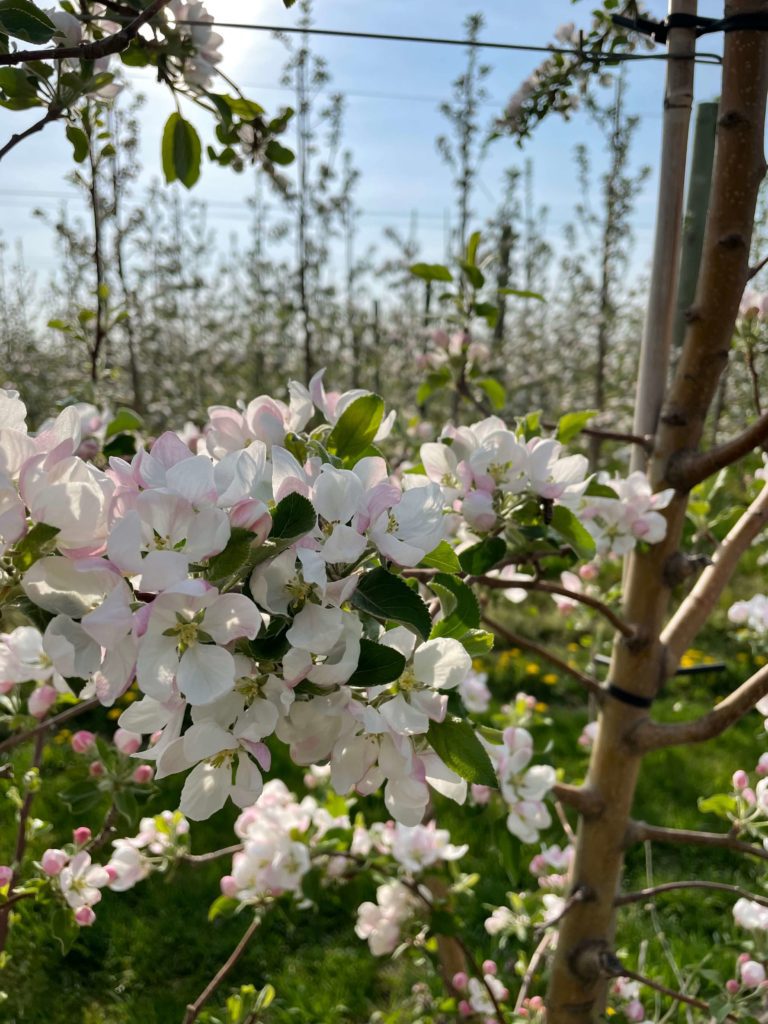
In all honesty, the spring is often busier than harvest with planting, scouting, managing frost protection, bees, and diseases like fire blight and apple scab, and thinning.
After Apple Harvest: Summer Months
The summer months are usually spent on weed control and watering. It is important to keep a clean and weed-free orchard so that harvesting can be done with ease. Watering is also critical to the health of the trees.
During these summer months, the apples begin to grow rapidly. Applying and maintaining the nutrients to the orchard helps ensure that the trees maintain optimal health.
In July and August, preparation begins for harvest and sales season.
SweeTango® Recipes We Love
- Caramel Apple S’mores
- Caramel Apple Monkey Bread
- Apple Walnut Baked Brie
- Apple Sour Cocktail
- Apple Pumpkin Spice Smoothie
- Apple and Goat Cheese Crostini
- Jewish Apple Cake
Learn more about SweeTango® apples here.
Apple farming is a year-round commitment that demands a dedicated team of farmers and workers. Although harvest is a very large and important piece of getting apples to your home, so is the rest of the year!
